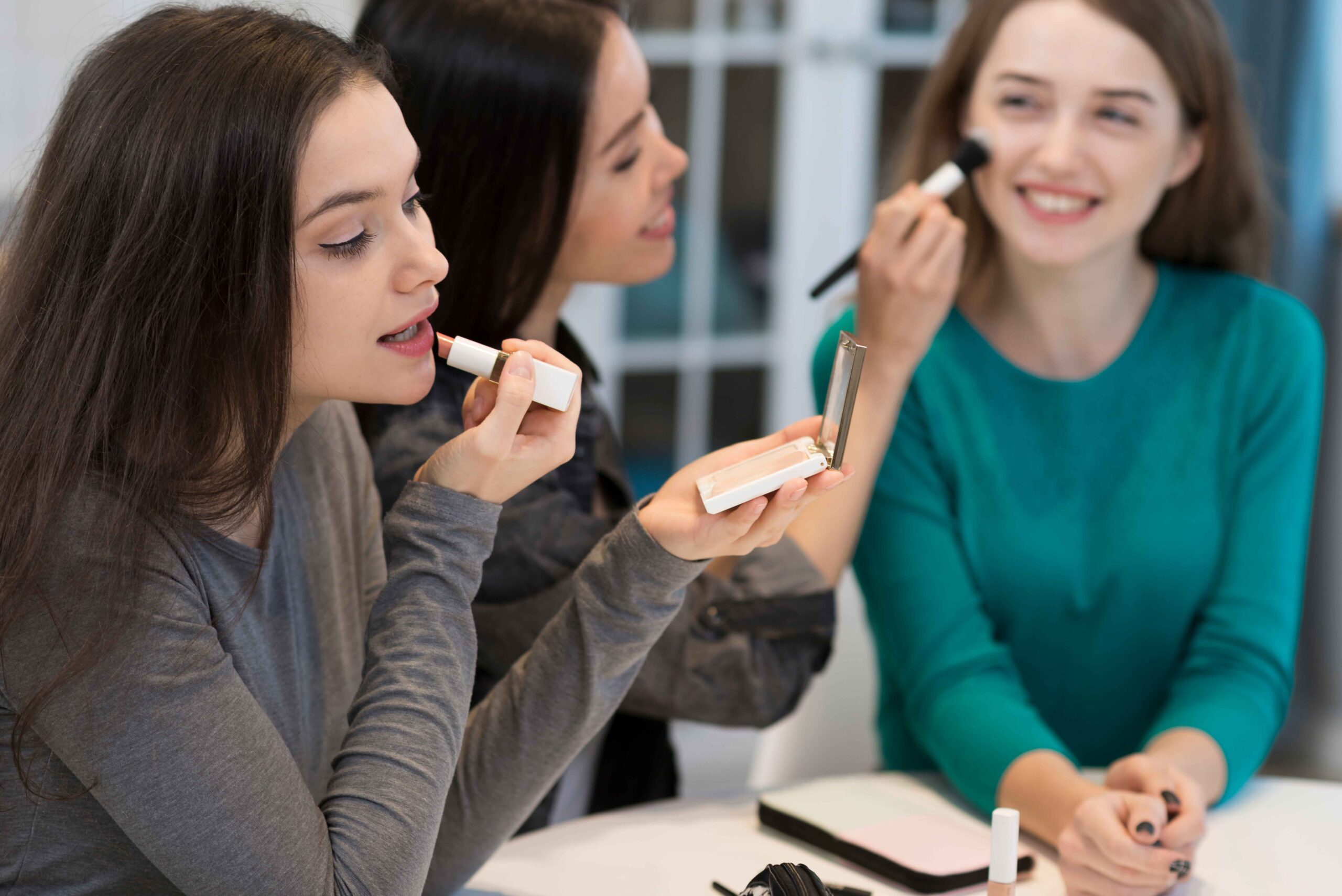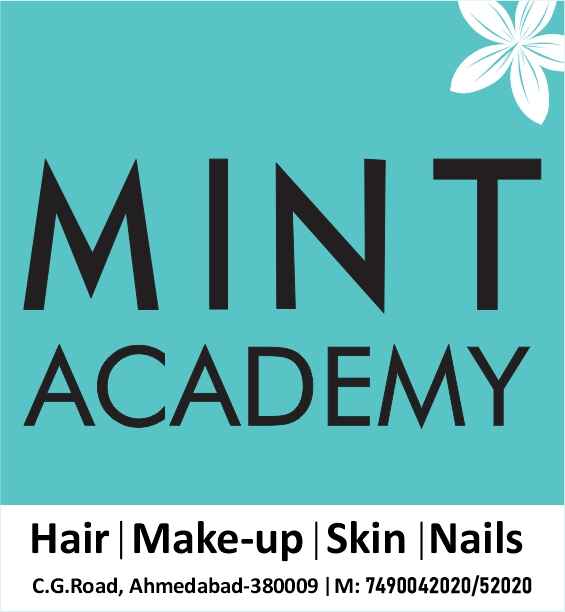
TABLE OF CONTENTS
- The Beauty Industry, a Key Economic Driver
- Factors that Drive Growth in the Industry
- Digital Transformation and eCommerce
- Technological Advancements
- Consumer Demands and Preferences
- The Beauty Industry—a Grand Career Path
- Benefits of Working in the Field of Beauty
- Choosing the Right Beauty Course for Your Professional Goals
- Short-Term and Long-Term Goals
- Conclusion
- FAQs
The Beauty Industry, a Key Economic Driver
The beauty field is a key driver of many economies across the globe, generating billions of dollars in beauty sales and cosmetics. Furthermore, personal care and cosmetics companies employ millions of people directly and indirectly, in various areas, including retail, manufacturing, marketing, and distribution.
As the industry responds to challenges, such as the pandemic a couple of years back, inflation, and others, its ability to adapt will shape the future of beauty brands and broader economic trends. Still, the industry remains a vital component of the economy and an influential player in shaping market trends and consumer behavior. Moreover, the resilience amid economic challenges highlights the relevance of driving sustainable growth and maintaining consumer confidence.
The industry continues to thrive. It continuously provides job opportunities, making it one of the best career options today.
Factors that Drive Growth in the Industry
The beauty and personal care industry has always been reliable and stable. Recently, it has especially been on the rise, generating billions in revenue worldwide. It’s expected to reach as much as $736 billion in global revenue by 2028.
The following are key factors that propel the continuous boom of the beauty industry.
Digital Transformation and eCommerce
- Online Shopping
Consumers are increasingly choosing to shop online due to its convenience, which drives further growth in eCommerce for beauty products. - Influencer Marketing
Influencers play a crucial role in shaping consumer preferences, which drives demand for premium brands. - Social Media Platforms
Social media is a powerful tool for beauty brands to connect with consumers, create communities, and drive sales.
Technological Advancements
- Digital Engagement
Brands use digital tools to collect data, engage with consumers, and provide personalized recommendations. - AI-Driven Technology
Today, AI is used to develop new products, personalize beauty recommendations, and boost the customer experience. - Continuous Product Formulations
Product formulation innovation and delivery systems are driving growth in the industry.
Consumer Demands and Preferences
- Clean Beauty and Sustainability
There is a growing demand for eco-friendly and sustainable products and those with natural and clean ingredients as well. - Personalization and Customization
Consumers seek bespoke beauty solutions, which drive innovation in the development of beauty products. - Representation and Inclusivity
Brands are increasingly focusing on inclusivity in product offerings and marketing to cater to a varied consumer base.
The Beauty Industry—a Grand Career Path
With the rising demand for beauty and wellness products and solutions, there is also a boom in numerous beauty and wellness education programs, advanced beauty courses, and more. This makes the beauty industry a great career plan for many. One particular example is the demand for beauty courses in India.
Benefits of Working in the Field of Beauty
- Creativity Shining Forth
A beauty career path allows endless creativity. Cosmetology courses lead to a career that enables you to use your creativity constantly to create the best looks for your clients. - Helping Others Look and Feel Their Best
The industry is all about helping others feel and look pampered, as well as offering advice on how they could bring out the best in their looks themselves, which is extremely rewarding. - Bond with Clients
The industry requires a lot of socialization since it’s a client-facing industry. Beauty therapists offer excellent customer service at all times and even build new friendships along the way. - Flexible Schedule
A career path in the beauty industry is its flexibility. You can create a schedule that works best for you, whether part-time, full-time, or freelance.
Choosing the Right Beauty Course for Your Professional Goals
While no industry is fully “recession-proof”, some do much better than others, whatever the state of the economy may be. The beauty industry is one of the recession-proof industries today. Advancement in a beauty industry career begins with choosing the right beauty and wellness education. Let’s walk through important factors to keep when choosing the best diploma in beauty therapy and aesthetics classes to ensure a robust foundation for a fulfilling and successful career in the dynamic industry.
- Understand Your Career Goals
Have a clear understanding of your career goals to begin with. Do you want to become a skilled hairstylist, a renowned makeup artist, or a proficient beauty therapist? Your goals significantly influence the course you should pursue. What are your passions? Where are you most drawn to? These are some of the important questions to ask yourself. - Explore and Research
The next thing to do once you have established your career path is to do research and further exploration. There is a wide range of advanced beauty courses that cover various facets of beauty, from hairdressing courses, skincare certification, makeup artist training, nail art courses, and more. Delve into the details of each course, determine the skills you will acquire, understand the curriculum, how long it takes, and how it aligns with your career goals. - Study the Curriculum
The backbone of any beauty course is its curriculum, providing the content and structure that will mold your professional capabilities. Check out beauty courses that offer an extensive curriculum encompassing theoretical knowledge and practical skills. The curricula should be designed by industry experts to ensure that students receive relevant and updated education. - Accreditation and Recognition
Choosing a course from a recognized and accredited institution adds credibility to your qualifications. Furthermore, accreditation ensures that the course meets high standards and is recognized by employers across the beauty landscape. There are numerous courses widely acknowledged, opening doors to many career opportunities locally and internationally. - Practical Experience
Theoretical knowledge if of course important. However, the essence of beauty education is practical experience, making hands-on training indispensable. Practical and actual experience enables one to apply what is learned in real-world scenarios.
Choose a course that puts emphasis on practical training, offering students the opportunity to work on live projects and acquire firsthand experience. The exposure is invaluable, which builds confidence and hones skills under the guidance of experienced beauty professionals. - Career Support
Support after the course is a vital consideration. The ideal course should offer robust career support to students, such as work placement assistance, guidance on starting your own business, and networking opportunities. The support is instrumental in kick-starting your career in the field.
Short-Term and Long-Term Goals
In the beauty market, short-term goals focus on immediate results and actions within a few weeks or months. Long-term goals aim for wider, sustained success.
Short-Term Goals
- Boosting client retention by a specific percentage.
- A specific number of new clients within a month.
- Completing a professional development workshop or course.
- Mastering a hairstyling trend or new makeup technique.
- Improving online presence or social media engagement.
- Increasing sales of a service or product.
The focus for short-term goals is immediate actions and results, which are stepping stones to future successes.
Long-Term Goals
- Expanding the business to numerous services and locations.
- Creating a respected and renowned brand.
- Achieving financial stability or independence.
- Building a team of highly skilled professionals.
- Becoming a sought-after industry expert or influencer.
- Crafting a profitable and sustainable business model.
The focus for short-term goals is sustained success, and a broader vision for the future.
Conclusion
If you’re into the beauty realm and want to join the thriving industry, then choosing the right beauty course is a decision that will shape your future. A reputable institution, such as Mint Academy, sets the stage for a thriving career in the beauty field. The right course will not only help you learn, it will also transform your passion into a profession that’s fulfilling and rewarding.
FAQs
- What particular skills should I have to join the beauty industry?
You will need skills in customer service, the ability to work well with your hands, be thorough and pay attention to detail, and have the patience and ability to stay calm in stressful scenarios. - Are there different types of careers in the beauty industry?
The beauty industry offers diverse career paths, including makeup artists, nail technicians, cosmetologists, hair stylists, and more. - Are nail art courses worth it?
These courses could be a valuable investment for those who want to learn new skills, boost creativity, and pursue a thriving career. - Which is the best beauty course?
Cosmetology is the professional practice or skill of beautifying the face, nails, skin, and hair. It’s the most marketable course since it offers a combination of beauty therapy and hairdressing courses. - Does the beauty industry offer a lot of job opportunities?
Yes, it offers numerous career opportunities, such as becoming a makeup artist, nail technician, beauty therapist, etc. - How is technology changing the industry?
The beauty industry uses machine learning, AI, and algorithmic processes to provide more customer-centric experiences, from digital skin analysis to shade-matching foundation and more.
